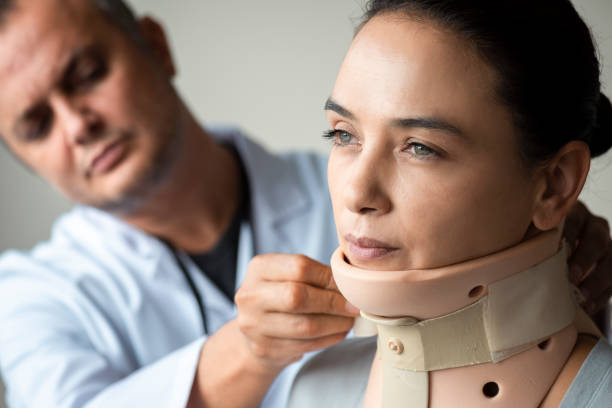When you are feeling a small debilitated, it’s common to ponder in case work out will offer assistance or make things more awful. Numerous individuals inquire, “Should I thrust through or rest?” This guide takes a closer see at the subject.
Light Workouts During Illness: Helpful or Harmful? Why This Question Matters
Your body needs rest when it’s not feeling well, but that doesn’t continuously cruel you would like to halt moving totally. For those who have mellow side effects, a light workout seem really bolster recuperation.
Still, there are times when remaining in bed is the superior option.
Understanding the balance between movement and rest is key. It depends on how debilitated you’re , what side effects you have, got and how your body reacts..
What Counts as a Light Workout During illness?
A light workout during illness isn’t approximately sweating difficult or pushing limits. It’s delicate development that doesn’t raise your heart rate as well much or take off you feeling tired.
.
Here are examples of light workouts:
- Walking at a slow pace
- Gentle stretching
- Yoga or mobility exercises
- Light cycling on a stationary bike
- Breathing exercises combined with movement
These types of activity are low effort and easy to stop if your body says “no.”
When Light Exercise Might Help
If you’re dealing with mild illness, like a small cold or a bit of sinus pressure, moving your body can sometimes help you feel a little better. Light workouts may help:
- Improve circulation
- Loosen up muscles
- Clear mild nasal congestion
- Boost your mood
For some people, gentle movement can also support sleep and digestion. Still, these benefits only apply if the symptoms are light and above the neck (like sneezing or a runny nose).
When to Avoid Working Out
It’s important to know when light workouts during the time period when you feeling not well are not a good idea. If you’re dealing with any of the following, it’s better to rest:
- Fever
- Body aches
- Chest congestion
- Severe fatigue
- Stomach issues (nausea, vomiting, diarrhea)
These signs mean your body is working hard to fight off illness. In these cases, even light activity can make things change. Taking Rest is a key part of recovery here.Stay connected for more.
The “Neck Rule” and Why It’s Common
Many doctors use the “neck rule” to help people. Here’s how it works:
- Symptoms above the neck: mild sore throat, nasal stuffiness, sneezing — light workouts may be okay.
- Symptoms below the neck: coughing, chest pain, fever, stomach problems — skip the workout and rest.
This isn’t a strict rule, but it’s a helpful starting point. Always listen to your own body first.

Listening to Your Body Matters
When you are feeling a small debilitated, it’s common to ponder on the off chance that work out will offer assistance or make things more awful. Numerous individuals inquire, Should I thrust through or rest?” This guide takes a closer see at the subject.
How to Try Light Movement Safely
If you decide to try a light workout while you’re under the weather, here are a few tips:
- Start slow. A short walk or stretch for 10 minutes is enough to test how you feel.
- Stay hydrated. Drink water before, during, and after moving.
- Avoid high intensity. Don’t try to “sweat it out.” That can put stress on the body.
- Monitor symptoms. If they get worse during or after exercise, stop and rest.
- Rest afterward. Even if you moved, still give your body time to recover.
Recovery First, Exercise Second
Your fundamental objective when wiped out is to recoup. Work out is auxiliary. In the event that resting for a couple of days makes a difference you bounce back quicker, it’s worth it. Skipping workouts for a brief time won’t fix advance.
In reality, pushing as well difficult amid ailment can amplify recuperation time or indeed lead to more genuine issues, like damage or burnout.
Getting Back to Routine After Illness
Once you start feeling better, you might be eager to return to your normal routine. That’s fine — just don’t rush it.
Here’s a basic guide:
- Day 1–2 of feeling better: Light stretching or a short walk
- Day 3–4: Add more time or include low-impact cardio
- Day 5–7: Begin returning to regular workouts, if your energy feels normal
Pay attention to how your body reacts. If anything feels off, slow down again take a rest and start again according to your health level.

